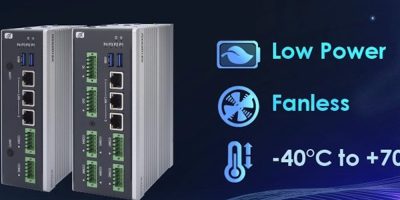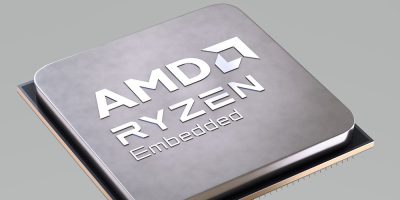Generative AI technology features in the Virtuoso Studio to empower designers to push semiconductor and 3D-IC design boundaries by seamless integration, said Cadence Design Systems.
The new Cadence Virtuoso Studio is a custom design platform for custom analogue design, said the company. It features a reimagined infrastructure, manages design processes and allows more than a three-fold improvement in design throughput for today’s largest designs.
A new design space optimisation feature lets customers use AI algorithms to navigate competing specifications and aid in design centring, particularly after the process migration of a design. Customers can experience faster interactive editing in both the layout and schematic tools, thanks to optimised code and algorithms, while multi-threading accelerates rendering, connectivity extraction and design rule checks in parallel. The Cadence Spectre FMC analysis is integrated into Virtuoso Studio and provides a complete machine learning-based Monte Carlo variation to deliver a three-to-six-sigma yield with orders of magnitude speedup over brute force Monte Carlo analysis.
Virtuoso Studio addresses the challenges customers face with larger, more complex designs, with analysis and verification to ensure that design intent is maintained throughout the design cycle. This iteration features seamless integration with other Cadence tools, including the Cadence Spectre Simulation Platform, Cadence Allegro PCB Design and Cadence Pegasus Verification System. According to Cadence, it removes traditional barriers between different design domains and speeding design closure. Virtuoso Studio is integrated with AWR Microwave Office, Pegasus Design Rule Check (DRC) Solution and Layout Versus Schematic (LVS), all available from within the Virtuoso Layout Suite. These provide mmWave design and interactive signoff quality analysis during layout creation. Additionally, customers can access the Spectre Simulation Platform, including the Spectre X Simulator and Spectre FX Simulator, through Virtuoso Studio, which allows designers to analyse the industry’s largest analogue and mixed-signal designs.
The new Virtuoso Studio can be used for analogue, RFIC and mixed-signal designs. It allows design teams to leverage comprehensive planar and FinFET-based layout placement automation and new routing to improve engineering productivity.
It also offers scalable, cloud-ready solutions for occurrences when hundreds of simulations become thousands. The software is optimised for customers’ preferred cloud providers or ready for private cloud deployment.
To ease with the process migration for schematics and layouts, tools within the Virtuoso ADE Suite quickly re-centre and validate designs post-migration, to reduce time-to-market. Customers can use the AI-enabled tools to take existing IP and transform it for the next-generation designs.
It also allows the heterogeneous integration of 2.5D and 3D designs for advanced nodes, analogue / RF packaging / modules and photonics systems.







